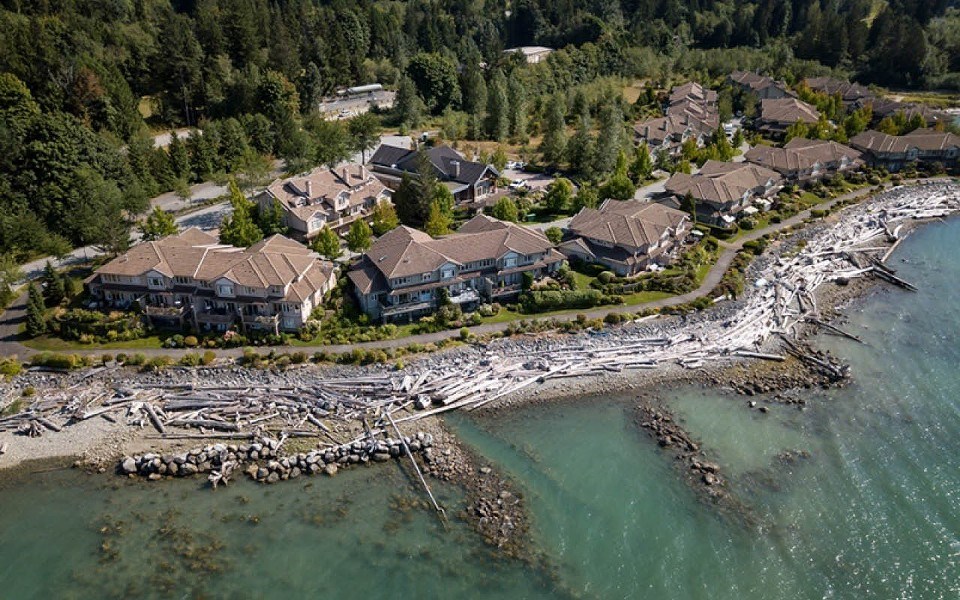The Squamish-Lillooet Regional District (SLRD) has released a housing study that confirms the regional district is an increasingly difficult place for families to settle long term.
The new report prepared by Urban Matters falls under the 2019 provincial requirement for all local governments in B.C. to make housing needs reports by April 2022.
"[It] provides us with a good foundation for future planning in the electoral areas," SLRD Board Chair and Electoral Area D Director, Tony Rainbow, said in a press release.
"This is an important project that gives us a real-time perspective on the current housing situation within the rural areas of the SLRD. It identifies the gaps and, with that knowledge, we can better plan for the future."
One of the most significant pinchpoints identified in the study is affordable housing, and if people can't afford to live in the region then businesses struggle to find workers.
"The core issues are around high demand and rising costs," explained Whistler Councillor Jen Ford, a director on the SLRD.
"Obviously, within the regional district, we have different challenges such working within the parameters set out by the Agricultural Land Commission."
The SLRD is undertaking a land audit to look further at its options and will support "moderate density" where it is appropriate, she said.
The region was one of the fastest growing districts in the province between 2011 and 2016, with about a quarter of households facing housing unaffordability.
The median household incomes for the electoral areas are highest in Area C and Area D. Income data is not available for Area A due to the small population.
The report also found that some of the increased prices are related to people cashing out of places like Metro Vancouver, which has seen a dramatic rise in property value over the past decade.
"Home sales prices are rising as households move from more expensive metro regions or seek to purchase second homes in the region's beautiful and well-connected recreational areas," stated the report.
It also found that there has been little in the way of new rental development, as well as a recent increase in short-term rentals coming on the market, both of which have contributed to the unaffordability trend.
Ford said it's important to look for ways to increase the housing stock, while also recognizing that much of the SLRD is located on Agricultural Land Reserve (ALR) land, which limits the amount of development that can be undertaken.
Moderate density rezoning is being considered in the Furry Creek development and in WedgeWoods, a development that lies just north of Whistler in the SLRD's Area C, said Ford.
Last May, the SLRD received an application to rezone land at WedgeWoods allowing for 12 estate lots and up to 60 non-market residential units.
The study recommendations in the SLRD report include exploring community land trust/non-profit housing authority models, supporting gentle and moderate density in appropriate areas and requiring a minimum of 15 per cent of new developments to be affordable housing units. (The 15-per-cent target was previously adopted in the SLRD Regional Growth Strategy in October 2019.)
In the end, Ford said it is clear that housing is a challenge that regional districts, municipalities, and the province must address in coordination.
"We all have a duty to house our communities," she said.
Find teh original story here.



